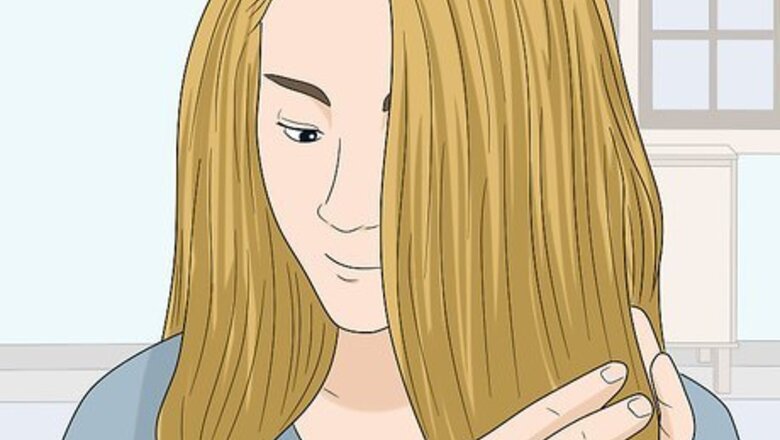
views
Factoring in Your Interests and Personality
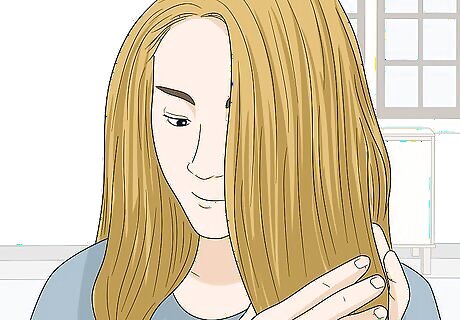
Consider your everyday lifestyle. Blonde hair comes with a more sensitive upkeep. For example, with blonde hair, you can't jump right into a pool. Blonde hair absorbs chlorine and other chemicals that will give it a green appearance after swimming. Also, blonde hair that is washed in a shower where the water is high in copper or iron will eventually start to look orangy-red or green. In regards to washing blond hair, it is advised to shampoo your hair every three days to keep it looking healthy and toned correctly. If you absolutely have to wash your hair everyday, going blonde might be tricky for you.
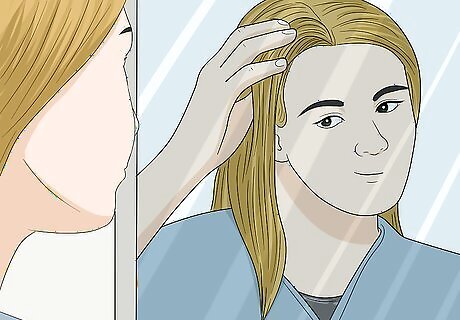
Think about how blonde hair suits your personality. Blondes are said to have more fun, but being blonde can also welcome unwanted attention and insult. If you do make the transition to blonde hair, make sure you have tough skin for possibly offensive blonde jokes. While these jokes usually mean no harm, they can come off as rude and distasteful. In addition to negative attention, blonde hair can also be attention drawing in positive ways, so either way, be ready for more eyes to be on you.
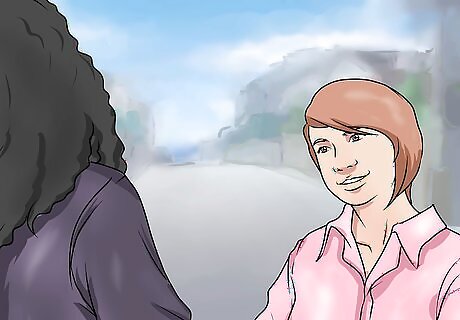
Ask your friends for their opinion. If you are unsure about undergoing a major hair transition, your friends and family are great people to turn to for input. Tell them you are thinking about going blonde and gauge their reactions. If they are all for it and seem excited, that may be your indicator to go for it. If they express reservations about your idea, find out why. Take their opinions and tips into consideration, but regardless of what they may say, make sure you do what makes you happy.
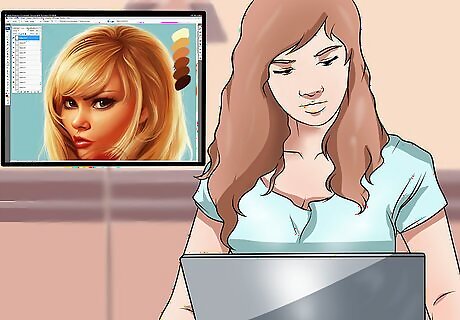
See how you look with blonde hair by using photoshop. There are many online hair sites that will allow you to upload your photo and add in hair colors so you can see what you would look like before actually doing it. This is a great way to play around with different colors and cuts so you can get great ideas for styles.
Choosing the Right Blonde for You
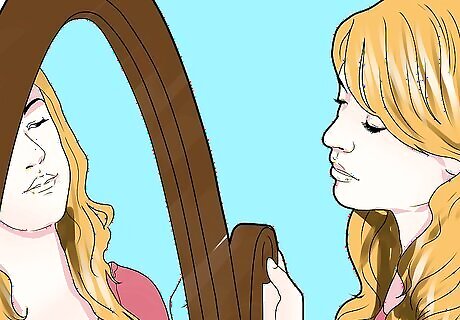
Figure out what your skin tone is. This is one of the best ways to find a complimentary shade of blonde for you. If you try going blonde with the wrong shade, it could wash you out. Regardless of how light or dark your skin is, your skin tone can fall into either of the two main skin tone categories. Most people are either warm toned or cool toned, with very few people falling somewhere in the middle. Here are the best indicators for which skin tone you have: Cool skin tones usually burn in the sun and range anywhere from porcelain, rosy-beige, pink, olive, brown or ebony skin. The veins in your wrist will look bluish-purple and you will have a blue or pink undertone in your skin. Warm skin tones tan more easily in the sun and range anywhere from golden, peach, pale, or yellow skin. The veins in your wrist will look more bluish-green and you will have an olive undertone in your skin. Neutral skin tones are somewhere in the middle between cool and warm and may show characteristics from both sides. You will be able to choose almost any blonde shade if you have neutral skin so feel free to play around and see what works best for you.
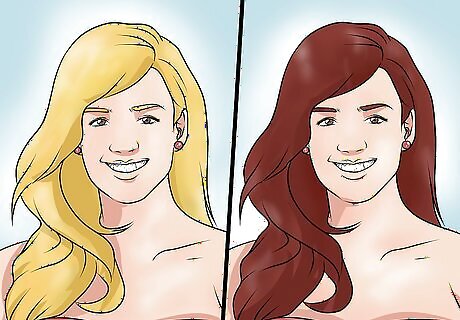
Choose a flattering blonde for you. There are so many shades of blonde to pick from, and once you identify your skin tone, you can begin choosing. For cool skin tones, choose a blonde that has an ash or green base to better compliment your skin. An example may be vanilla or dishwater blonde. Stay away from brassy shades because they may look harsh and wash you out. If you have warm skin, you want to look for blondes with red or golden bases. An example may be golden, caramel or rose gold blonde.
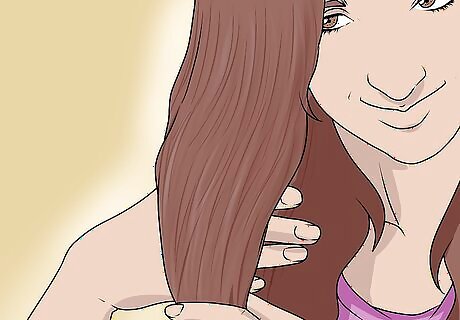
Look at your natural hair color for guidance. If your natural hair color is more ashy or rich chestnut brown with no red, you should look for cool blonde colors. If your natural hair color reflects warm tones such as red or gold, then you may want to look for warm blonde colors. Keeping your natural hair color in mind will help your new blonde hair look more "natural." For help seeing the undertones in your natural hair, try looking at your hair in the sunlight.
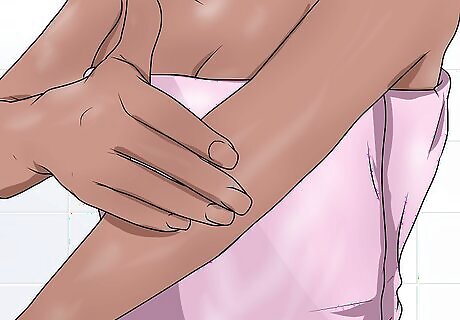
Factor in how fair or dark your skin color is. You will have better color results if you pick a color that allows a deeper contrast between your skin and hair. The trick in choosing the right shade of blonde is to find an option that offers contrasts but still compliments your skin. Avoid picking a color that matches your skin tone too closely.
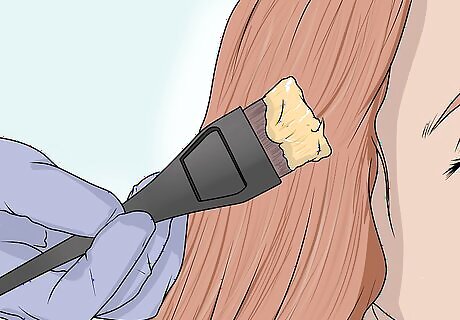
Try highlights instead of all over color. Highlights are a great way to lighten your face. With highlights you get the same effect as being blonde but without all of the damage. Another great thing about highlights is that there is less upkeep. When your roots grow out, it will be less noticeable and will require less trips to the salon. You can choose to have skinny or chunky highlights or decided if they will be all over, or framed near the front of your face. Highlights offer a more "natural" looking appearance than all over blonde colors. Highlights can add depth and texture to your hair which is especially great if you have hair on the thin side.
Maintaining and Committing to Blonde Hair
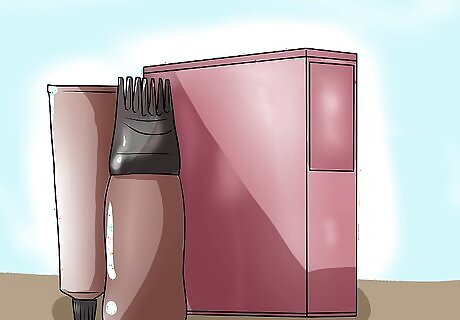
Determine the hair color maintenance level you are comfortable with. Blonde hair needs more attention than other hair colors. Keep in mind that transitioning more than two shades lighter or darker will require a stronger effort to maintain. When your roots begin to grow out, you will need to use the same professional process to do a touch up. If high maintenance is an issue, err on the side of caution when deciding to go blonde or not.
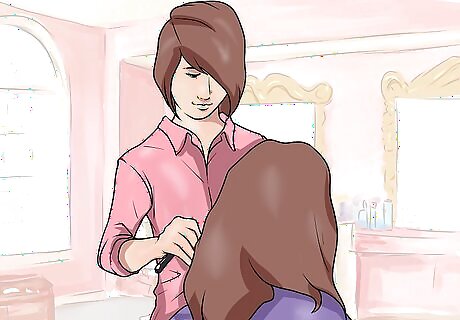
Have a professional bleach and tone your hair. Do not attempt to bleach or tone your hair at home. Bleach is an extremely harsh chemical that strips your hair follicles. You will need to pay a salon professional to transition you to blonde and for all of the maintenance visits. While a DIY color job might be the cheaper option, bleaching at home can create a hair horror that you won't want to deal with. You can easily fry your hair, turn it orange or lose all of its volume. To be safe, you will have to be able to afford to see a professional.
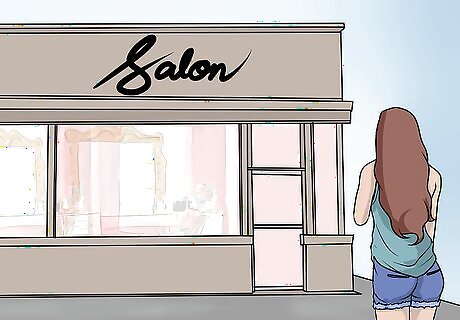
Touch up your roots and hair tone regularly. To keep your hair at the desired shade and your roots matching, you need to touch it up every four to six weeks. When your roots start to show, you will need to bleach and tone them to match your hair. Also, you will need to have your hair trimmed at almost every visit for blonde hair causes split ends. If you are going to a salon for touch-ups, which is highly recommended, this endeavor becomes pretty pricey. Consider the long term expenses and be sure you have not only the time for salon visits, but also the money it will take to maintain your blonde hair.
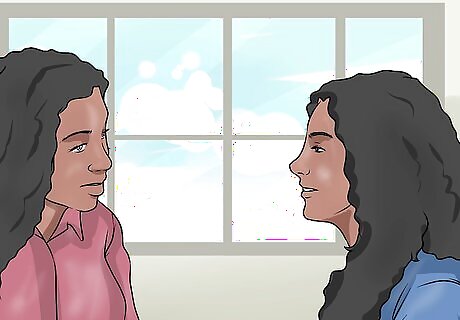
Factor in the time it will take to become blonde. Going all blonde at once is not recommended. It is natural to become excited about having an all blonde look, but it is important you work your way up to an all over color. Depending on how dark or damaged your current hair is, your salon professional is going to want to gradually lighten your hair using blonde highlights and then slowly build on them over time. This prevents your hair from going into shock and breaking off. Most stylists will deny a full coverage bleach job because they know how damaging it is to your hair. Your stylist is going to ask you about past color treatments and process jobs. It is important for them to know how damaged your hair follicles are and what your hair is capable of enduring, so be honest.
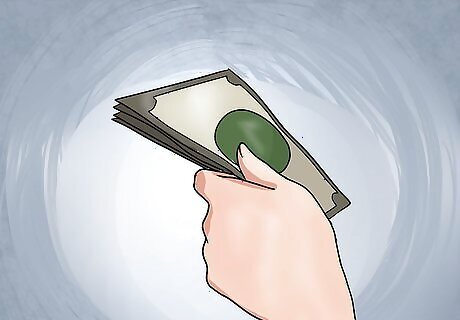
Plan for the financial cost. It is going to take multiple trips to the salon before you walk out with one beautiful shade of blonde, and that is going to cost money. It would be helpful to plan out the financial costs so you can be prepared for the expenses. You can try calling salons to ask for their prices, but most of the time, in order to give you an accurate price, a salon professional will need to see and examine your hair to figure out the right treatment plan for you. Once you discuss what you want and the best way to get there, your stylist can have a better idea about how much going blonde is going to cost you financially.
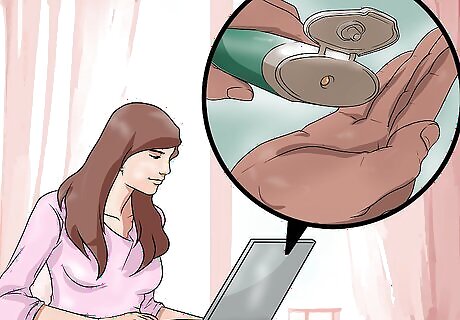
Research quality hair products. The chemicals that develop beautiful blonde colors also take a toll on your hair follicles. In order to replenish essential vitamins, minerals, and moisture back into your hair, you have to use quality products. This includes shampoo, conditioner, deep conditioning treatments, heat protectants, and after showering moisturizers. If you want to keep your hair looking healthy, you will have to buy quality products. Ask your salon professional what products they recommend for blonde hair. It is important to restore the moisture and strength back into your hair that bleach strips away. You may experience a texture change after you process your hair and would then have to use additional products to add back shine, volume, and softness.




















Comments
0 comment